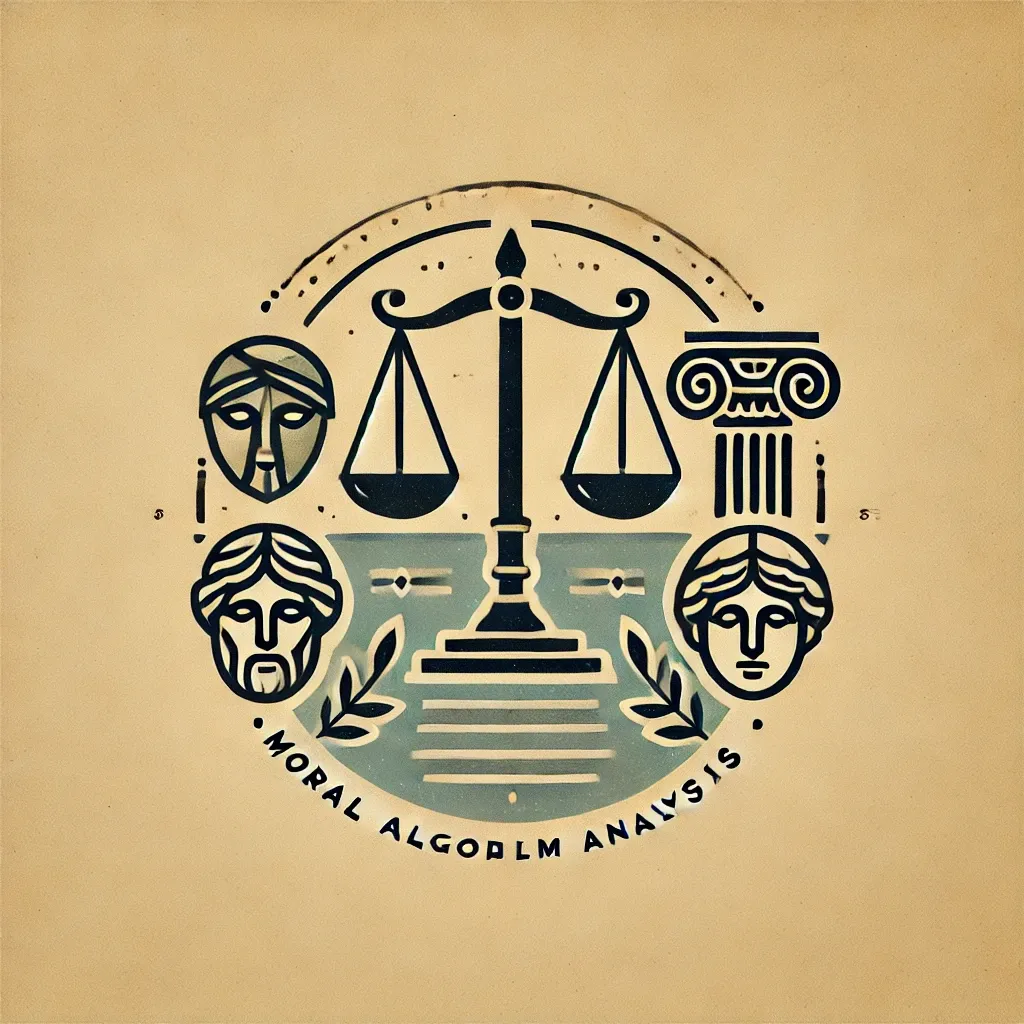Balance Between Logic and Emotion in Governance
The ideal governance model is one that balances emotional awareness with logical reasoning.

A Comprehensive Analysis of Governance
Governance is a complex endeavor that requires a delicate balance between logic and emotion. A purely logical government, devoid of emotional considerations, risks devolving into authoritarianism and inhumanity. Conversely, an emotion-driven government may become unstable and reactionary. The ideal governance model, therefore, integrates emotional awareness to guide values and logical reasoning to implement those values effectively. This principle is embedded in many successful governance models and raises important questions about which approach is superior: practical governance or ideal fairness.
The Risks of Purely Logical Governance
A government that operates solely on logic, without considering the emotional and human aspects of its decisions, can easily become authoritarian. Logic, in its purest form, seeks efficiency, order, and predictability. While these are important qualities for any government, an over-reliance on logic can lead to the marginalization of individual rights, the suppression of dissent, and the dehumanization of citizens.
The current political climate in the United States, particularly under the leadership of Donald Trump and his allies, provides a contemporary example of this risk. Trump's administration has often been criticized for its pragmatic, transactional approach to governance, which prioritizes results over the emotional and ethical implications of its policies. For instance, the administration's strict immigration policies, such as family separations at the border, were justified on logical grounds of national security and law enforcement. However, these policies were widely condemned as inhumane, highlighting the dangers of a government that neglects emotional considerations.
In such a system, the government may become detached from the lived experiences of its citizens, leading to policies that are technically sound but ethically questionable. This detachment can erode trust in government institutions and foster a sense of alienation among the populace, ultimately undermining the legitimacy of the state.
The Pitfalls of Emotion-Driven Governance
On the other hand, a government that is driven primarily by emotion risks becoming unstable and reactionary. Emotions, while essential for empathy and moral judgment, can be volatile and unpredictable. A government that prioritizes emotional responses over logical reasoning may struggle to maintain consistency in its policies, leading to erratic decision-making and a lack of long-term planning.
For example, a government that reacts impulsively to public sentiment may implement popular but unsustainable policies, such as excessive welfare spending or protectionist trade measures, without considering the long-term economic consequences. This approach can lead to economic instability, social unrest, and a loss of confidence in the government's ability to govern effectively.
Moreover, an emotion-driven government may be more susceptible to manipulation by charismatic leaders or special interest groups who exploit public sentiment for their own gain. This can result in policies that favor short-term emotional gratification over the long-term well-being of society.
The Ideal Balance: Emotional Awareness and Logical Reasoning
The ideal governance model strikes a balance between emotional awareness and logical reasoning. Emotional awareness allows a government to understand and respond to the needs, values, and aspirations of its citizens. It ensures that policies are grounded in empathy and ethical considerations, fostering a sense of justice and fairness in society.
Logical reasoning, on the other hand, provides the tools necessary to implement these values effectively. It ensures that policies are based on evidence, analysis, and sound judgment, leading to practical and sustainable outcomes. By combining emotional awareness with logical reasoning, a government can create policies that are both morally just and practically effective.
This principle is embedded in many successful governance models around the world. For example, the Scandinavian countries are often cited as examples of governments that balance emotional awareness with logical reasoning. These countries prioritize social welfare, equality, and environmental sustainability, reflecting a deep emotional awareness of the needs of their citizens. At the same time, they employ logical reasoning to implement these values through evidence-based policies, efficient public administration, and a strong commitment to the rule of law.
Adams' Model vs. Rawls' Veil of Ignorance: Which Model Is Better?
When considering the ideal governance model, two philosophical approaches often come to the forefront: Adams' model of practical governance and Rawls' Veil of Ignorance as a principle of ideal fairness.
Adams' Model: Practical Governance
Adams' model emphasizes the importance of setting a clear mission for government and allowing for reform when necessary. This approach is grounded in pragmatism, focusing on the practical aspects of governance such as efficiency, accountability, and adaptability. Adams' model recognizes that governance is a dynamic process that requires continuous evaluation and adjustment to meet the changing needs of society.
The strength of Adams' model lies in its flexibility and responsiveness. By setting a clear mission, the government can maintain a sense of direction and purpose, while the ability to reform ensures that the government can adapt to new challenges and opportunities. This model is particularly well-suited for societies that value practical outcomes and are willing to embrace change in pursuit of better governance.
Rawls' Veil of Ignorance: Ideal Fairness
In contrast, Rawls' Veil of Ignorance is a philosophical principle that seeks to ensure ideal fairness in governance. According to Rawls, a just society is one in which individuals, behind a "veil of ignorance" (not knowing their own position in society), would agree to a set of principles that ensure fairness and equality for all. This approach prioritizes moral and ethical considerations, aiming to create a society that is just and equitable.
The strength of Rawls' Veil of Ignorance lies in its commitment to fairness and justice. By prioritizing the needs of the most vulnerable members of society, this approach seeks to create a more equitable and inclusive society. However, the Veil of Ignorance lacks a built-in enforcement mechanism, making it difficult to implement in practice. Without a clear framework for translating these principles into actionable policies, the Veil of Ignorance remains an ideal rather than a practical governance model.
Conclusion: Striking the Right Balance
In conclusion, the ideal governance model is one that balances emotional awareness with logical reasoning. A purely logical government risks becoming authoritarian and inhumane, while an emotion-driven government risks being unstable and reactionary. The key to successful governance lies in integrating emotional awareness to guide values and logical reasoning to implement those values effectively.
When considering which model is better—Adams' model of practical governance or Rawls' Veil of Ignorance—the answer depends on the priorities of society. If practical governance is the goal, Adams' model is superior because it sets a clear mission for government and allows for reform when necessary. If ideal fairness is the priority, Rawls' Veil of Ignorance offers a compelling philosophical principle, though it lacks a built-in enforcement mechanism.
Ultimately, the best governance model is one that recognizes the importance of both logic and emotion, striving to create a society that is both just and effective. By striking the right balance, governments can foster trust, legitimacy, and long-term stability, ensuring the well-being of their citizens and the prosperity of society as a whole.
